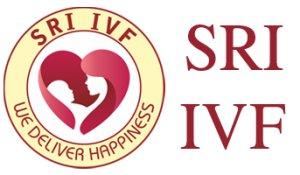DELIVERING HAPPINESS
Laser Hatching Treatment
Laser Hatching Process
The advent of the laser has allowed the development of precision techniques to manipulate embryos for enhanced fertility. Laser-assisted hatching can turn around a history of failure for embryos to implant themselves in the uterine wall.
Laser Hatching Treatment
Assisted hatching is used to help the embryo hatch from its protective outer shell, the zona pellucida, and promote implantation in the uterine wall after embryo transfer. Laser-assisted hatching (LAH) with the LYKOS® or ZILOS-tk® uses a highly focused infrared laser beam to remove the zona pellucida in very precise increments. Prior to the clinical availability of the lasers, only mechanical or chemical methods could be used for assisted hatching of human embryos in clinical settings. Laser-assisted hatching requires less handling of the embryo than these other assisted hatching methods. Also, laser-assisted hatching is faster than the other methods and, therefore, the embryo spends less time outside the incubator.
Basic Criteria
Basic Criteria for using Egg Donors as an option If you’re over 40, have a low ovarian reserve, previously failed response to injections in IVF treatment, donor eggs.
Our fertility Services

Male Infertility
What is the normal anatomy involved with male fertility factor?
-
Male InfertilityMale Infertility

Female Infertility
What is the normal anatomy involved with female fertility factor?
-
Female InfertilityFemale Infertility

Infertility Treatments
We provide a wide variety of Infertility treatments, from basic Infertility care to advanced Infertility treatment.
-
Infertility TreatmentsInfertility Treatments
